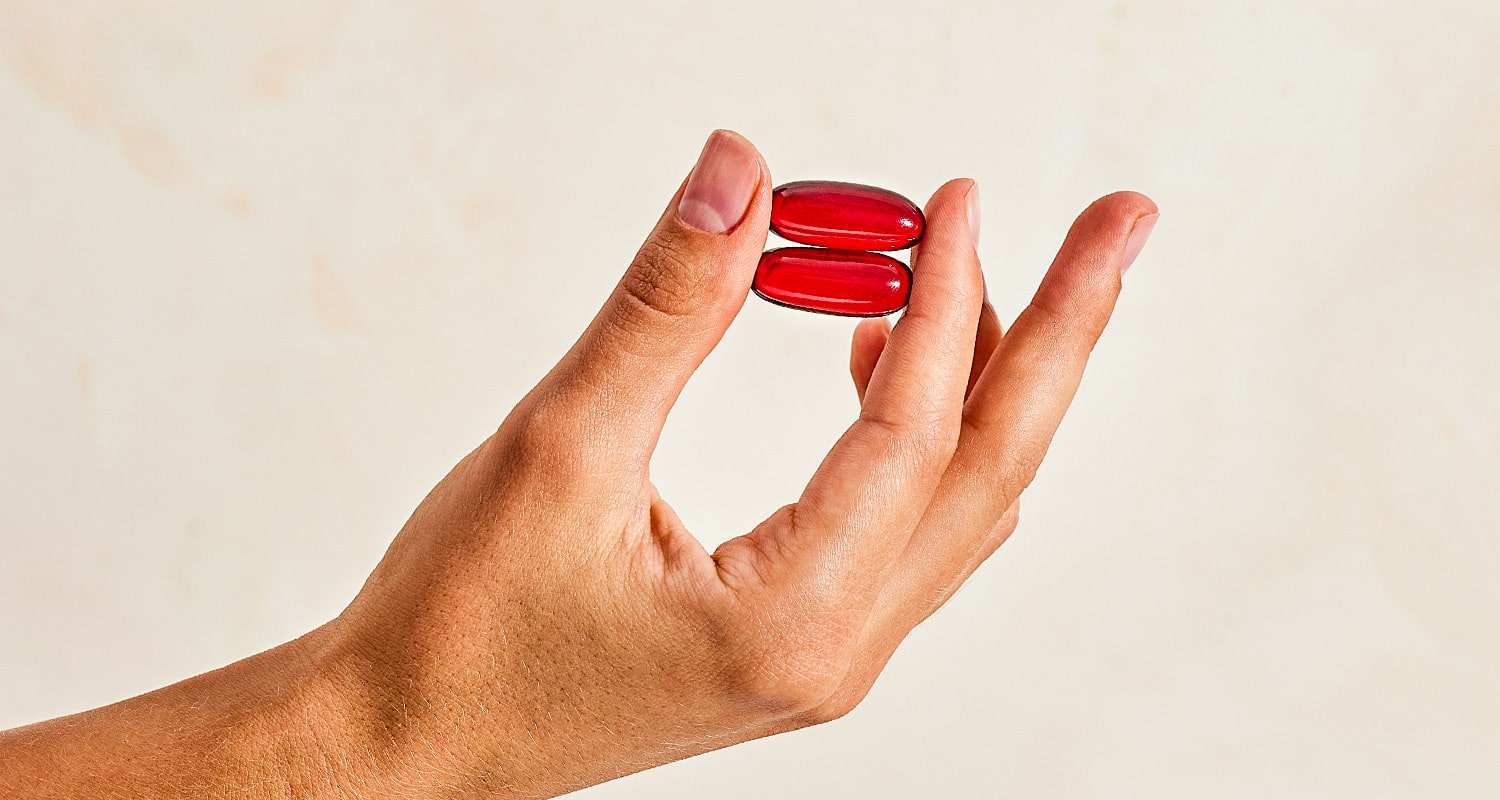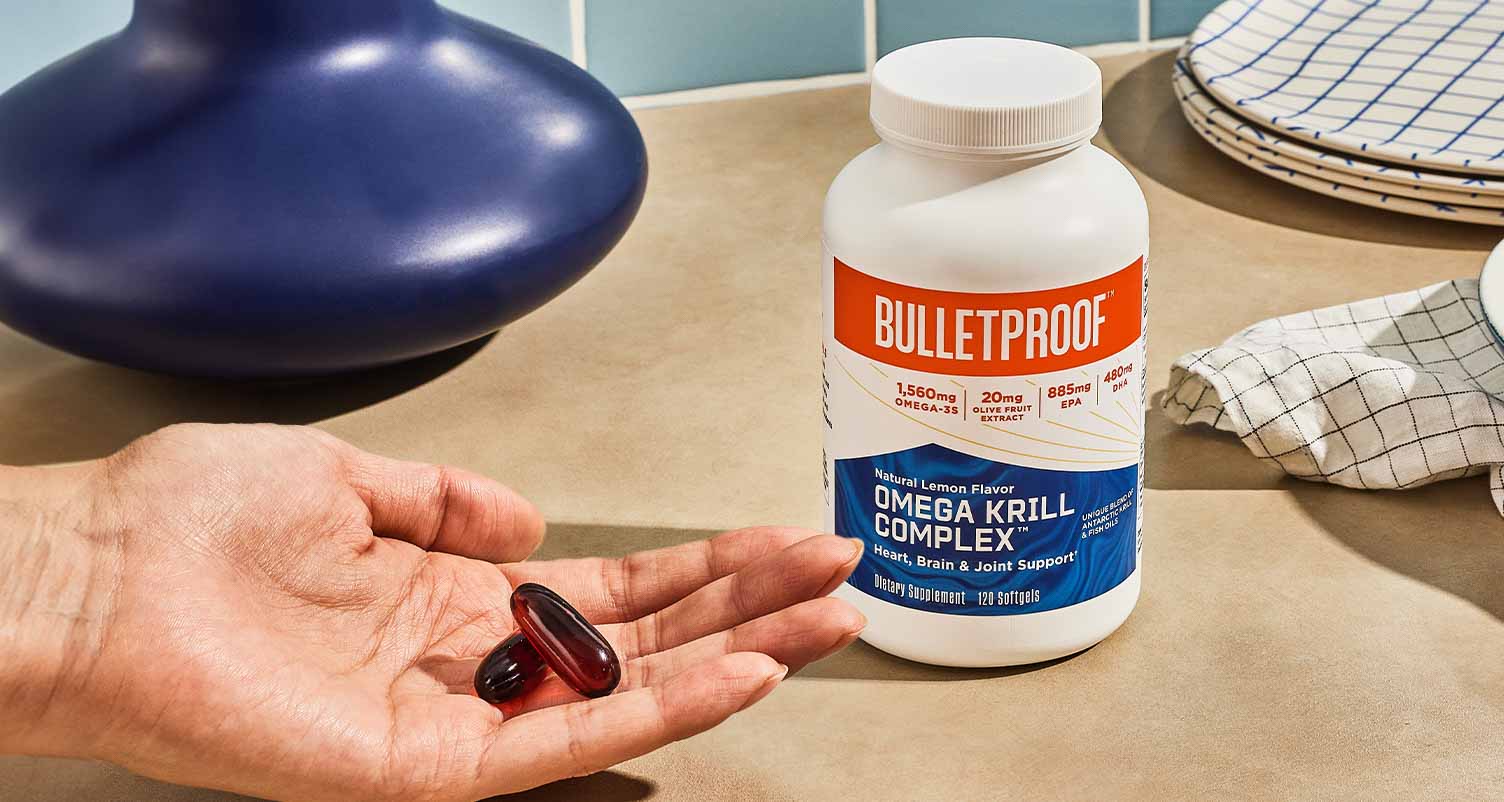How Your Sex Drive Is Influenced By Hormones, Diet, and Lifestyle
March 29th 2024
–
Narrator:
Coming up on this episode of The Doctor’s Farmacy.
Dr. Mark Hyman:
All your sex hormones are made from fat. They’re made from cholesterol in fact. The building block for all sex hormones is cholesterol.
Hey everybody, it’s Dr. Mark Hyman. Welcome to The Doctor’s Farmacy. That’s Farmacy with an F, a place for conversations that matter. And today we have a special feature called Health Bites, where I’m bringing you little steps that can improve your health over time. Today we’re going to talk about sex and sex drive and what messes it up and how to increase it. So listen up. This is a topic that’s interesting to all of us. First, I want to just say the biggest killer of sex drive is something you might not think about, but ultimately it’s sugar. Of course it’s sugar because all I talk about is sugar. But it is the driver of much of what’s wrong with our health and even our sex life. So how does this all work? We’re going to talk about how hormones work, about insulin, cortisol, testosterone, growth hormone, leptin, a lot of things that relate to sex drive.
I’m also going to give you a few additional and very interesting tips that you might not have heard about before about what increases libido and also what other things in your lifestyle kill your sex drive and what things you can do to improve it. So stay tuned. Here we go. How does sugar play a role in messing up our hormones? Well, we know very clearly that insulin resistance, this phenomenon I’ve talked about for decades, which is where we start to accumulate fat around our organs, belly fat, is driven by sugar and starch in our diet. And that sugar and starch does a number of things. Besides just pour on the pounds and increase inflammation, it has effects in both women and men that are really bad for sex. For women, high levels of insulin and insulin resistance lead to dysfunctions in your hormones by causing higher levels of androgens, particularly DHCA and other androgens, androstenedione that lead to hair loss on your head and hair growth on your face and acne.
It’s not a lot of fun, and that’s definitely a buzz kill. And also it affects your overall mood, energy, and libido. In men, something happens, it’s quite different actually, what you see is a real drop in testosterone levels. This drop in testosterone levels is sort of inversely related to your insulin resistance. The more insulin resistant you are, the more belly fat you have, the more body fat you get, the more estrogen you make, the less testosterone you make. And you end up having very low testosterone, which has a huge effect on libido. So if you really want to keep going for a long time and have a great sex life, you’ve got to cut out the starch of sugar and it’s going to affect every other area of your life as well. So not only does it affect your sex life, but it affects your cardiovascular risk, your risk for cancer, dementia, and many, many other things.
So big deal. Make sure you’re not insulin resistant because that screws up sex hormones for both men and women and leads to impaired sexual drive and function. Also, by the way, what happens is you decreased blood flow. The more insulin resistance you have, the more vasculitides you have, the reduction in blood flow leads to decreased function in your sex organs, both in male and female sex organs. So it’s really important to keep your blood flowing if you want to keep going, if you know what I mean. Now, leptin is interesting. Leptin is another hormone that we see go up and it’s not directly correlated with sex drive, but it increases when you are more insulin resistant. So leptin is the break on your appetite. But what happens is it doesn’t work so much because of the insulin resistance and leptin keeps going up and that causes you to have more hunger and more leptin resistance. And it’s just a vicious cycle.
The other hormone that really is a big factor in sex drive and function is cortisol. Nobody wants to be making out when you’re super stressed. And cortisol has a number of effects that are quite harmful, including increasing insulin resistance. It prevents erections in men and reduces libido. And so you basically know that when you’re stressed out, you don’t want to make out. So it’s better to learn how to reduce cortisol through various lifestyle strategies, including obviously things like meditation, yoga, breath work, getting your mind right, your beliefs, your attitudes. There’s a lot of work we’ve done in that on the podcast, but it’s really important to learn how to navigate stress in your life and not be overtaken by it, because a lot of the stress that we have is what happens in our minds. It’s not necessarily what’s happening to us, and that’s something we have control over.
There’s also some interesting data about low fat diets as a big factor. Low fat diets were promoted for years as a way to lose weight. They clearly don’t work. In fact, large trials, reviews of all the literature show that when you compare low fat diets to low carbohydrate diets, the low fat diets always lose. And when I say carbohydrates, I mean starch and sugar. Now why is fat important? Because all your sex hormones are made from fat. They’re made from cholesterol in fact. All the sex hormones, the building block for all of them is cholesterol. So if you’re really dramatically reducing your cholesterol with aggressive use of statins, that also can affect your hormone levels too because they’re all connected. So eating more fat, and particularly in men, particularly eating more saturated fat, increases your testosterone levels. Also, environmental toxins are real endocrine disruptors and they definitely drive our sexual dysfunction.
And the toxins that we know, we call xenoestrogens or xenobiotics. They disrupt hormone function for both men and women. They’ve been linked to various kinds of birth defects, fertility issues, decreased sperm count, changes in birth rates due to the effect of these environmental toxins. And also it can make you a little nuts. If you ever remember Alice in Wonderland, mercury is something that they used to create these felt hats. And the Mad Hatter and the Mad Hatters in history were because the hat makers used mercury to stiffen the felt in the hats, which led them to be crazy or mad. Lead also has very negative effects on our mood and cognitive function and behavior. So it’s really important. Also, we want to avoid hormones in our food. There’s a lot of hormones in dairy naturally occurring, but also added in growth hormone. There’s also a lot of hormones in meat when they conventionally grow them and raise them through injecting estrogen pellets in their ears and other things that they do.
So I think it’s not something you really want to do, it’s not something you want to be eating and you want to avoid those things. Sugar, as I mentioned, was a big problem. But also, diet drinks are not the answer either because they lead to increased craving for sweets, they increase insulin resistance, they increase diabetes, obesity. It’s quite interesting to see that these non-caloric compounds have information and that affect your hormones and metabolism and insulin levels, and that actually adds to the risk of obesity and diabetes. All right, so what do we know about how to activate your sexual drive? Well, the first thing is that there’s a lot of things you can do to fix it. First is your diet. And diet plays such a role in our overall health, including our sexual function. So eating a healthy whole foods, phytonutrient rich, low glycemic, good fat, fiber rich diet is going to make a huge difference in your overall health and in your sexual drive and function.
And it normalizes your hormone levels as well. Another thing that’s really powerful is exercise. Exercise not only discharges stress and improves insulin sensitivity, but strength training in particular, particularly in men, actually increases testosterone levels. And men and women both have testosterone and they both need testosterone for sexual desire and function. So getting those levels up is really important. So strength training can be helpful for both men and women in terms of desire and function as well. So also interval training helps with reducing cortisol, boosting growth hormone, improving testosterone. There’s a lot of ways you can work out to help you feel better. Also, a number of supplements can be very helpful. A multivitamin mineral is really important. Your sex hormones require these nutrients to function properly. Vitamin D, zinc and omega-3 fat’s really, really important. And then the other thing is that sometimes even herbs can be helpful.
So ashwagandha, there’s a number of different products out there. Libido stem for men and libido stem for women contains a number of different herbs that have been formulated to actually improve sexual desire and function. Also, alcohol is probably one of the worst things. It definitely always has been taught that the more alcohol you drink, the desire goes up but the ability goes down. Who said that? I think William Shakespeare. It provokes the desire but takes away the performance. So it’s kind of a double edged sword. A glass of wine may be okay, but be careful of alcohol. And stress. Learn how to manage your stress response because that plays a big role. There’s some interesting things coming down the pike. Peptides are an interesting new innovation in both low sexual desire and function in both men and women. And there’s a particular peptide called PT-141 that’s available on the market that can be prescribed by doctors that has been shown to increase sexual desire and it works through a pathway called alpha-MSH.
But these [inaudible 00:09:47] receptors seem to regulate sexual desire and function and they can be a great adjunct to anybody who’s looking to up their ante on their sex drive and performance. So that’s a lot of information about sex and sex drive and what screws it up and what helps it. I hope it’s been helpful for you. And that’s it for today’s Health Bite. And so if you like this little podcast bite, share it with your friends and family on social media. Leave a comment, what you use to help your libido and sex drive and function. And we’ll see you next time on the Doctor’s Farmacy.
Narrator:
Hi everyone. I hope you enjoyed this week’s episode. Just a reminder that this podcast is for educational purposes only. This podcast is not a substitute for professional care by a doctor or other qualified medical professional. This podcast is provided on the understanding that it does not constitute medical or other professional advice or services. If you’re looking for help in your journey, seek out a qualified medical practitioner. If you’re looking for a functional medicine practitioner, you can visit ifm.org and search their find a practitioner database. It’s important that you have someone in your corner who’s trained, who’s a licensed healthcare practitioner, and can help you make changes, especially when it comes to your health.
Read the full article here:
How Your Sex Drive Is Influenced By Hormones, Diet, and Lifestyle







